The jungle is a wild and wondrous place, teeming with life and mystery. Among its many residents, some are both beautiful and deadly. These venomous creatures have honed their defenses over millennia, perfecting ways to hunt and protect themselves. From silent slithering predators to deceptively innocuous insects, each plays a crucial role in the jungle’s intricate web of life. Here are 15 of the most venomous creatures in the jungle—and a peek into how they kill.
1. Fer-de-Lance Snake’s Searing Strike
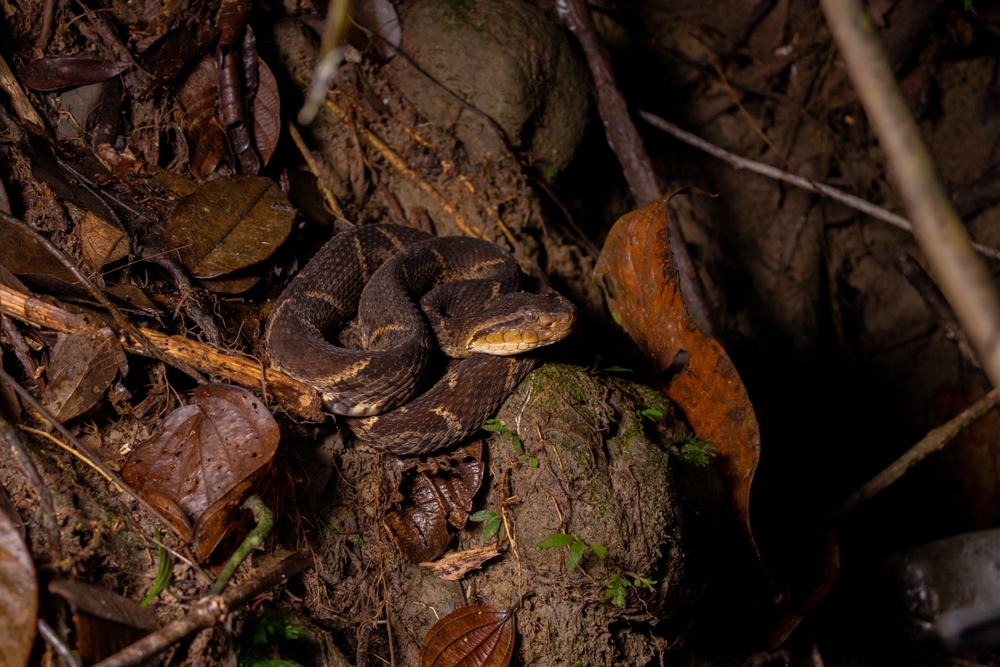
The Fer-de-Lance is a snake that doesn’t mess around. Found in the rainforests of Central and South America, this pit viper is both quick-tempered and dangerous. It can deliver a strike in the blink of an eye, injecting its potent venom deep into its prey. This venom is a cocktail of toxins that can cause tissue necrosis, coagulopathy, and even kidney failure. The snake’s camouflage allows it to blend seamlessly into the forest floor, making it easy to miss until it’s too late. For the unwary, a bite can be a game-changer.
2. Brazilian Wandering Spider’s Stealthy Venom
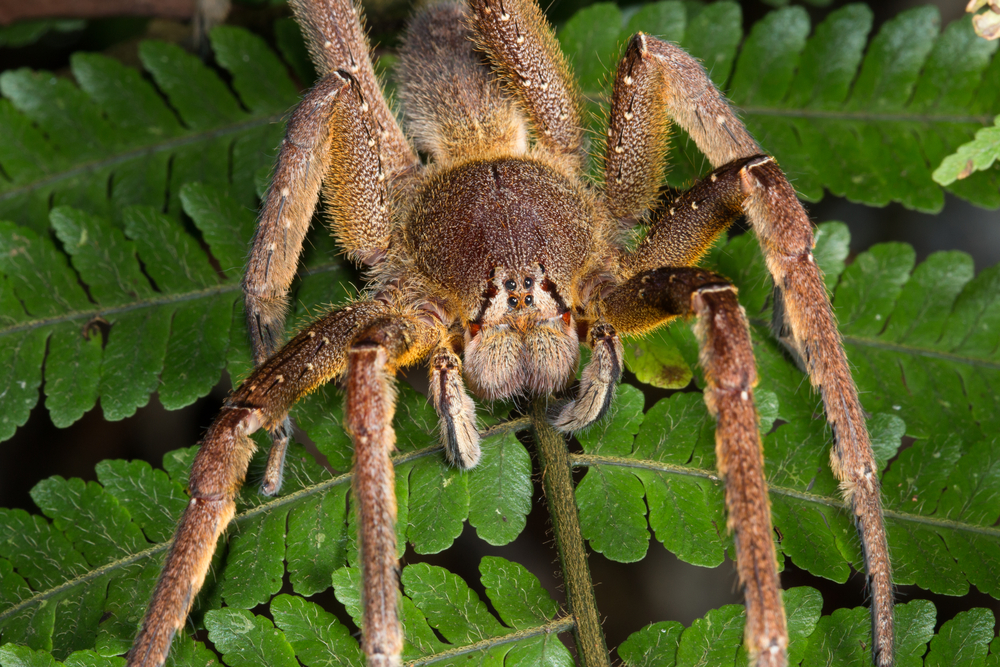
Known as one of the most venomous spiders in the world, the Brazilian wandering spider is a master of stealth. Unlike web-building spiders, it roams the forest floors of South America at night, hunting for prey with its potent venom. This spider’s venom contains a neurotoxin that can cause pain, inflammation, and even paralysis. Its bites are excruciating and can lead to serious systemic effects if not treated. Despite its fearsome reputation, it only bites when it feels threatened, preferring to remain unseen in the jungle’s shadows.
3. Golden Poison Dart Frog’s Toxic Skin
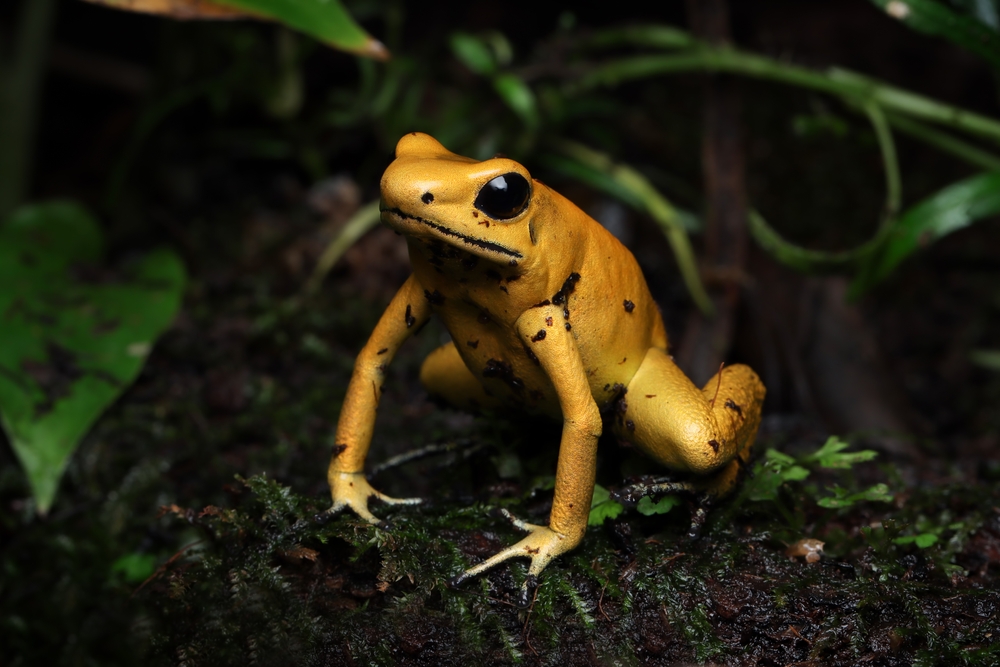
The Golden Poison Dart Frog is a tiny amphibian with a big reputation. Found in Colombia’s rainforests, its skin secretes a potent toxin known as batrachotoxin. This chemical binds to sodium channels in nerve cells, causing paralysis and heart failure. Indigenous people have used the frog’s toxins to poison their blow darts for hunting, a testament to its power. Surprisingly, these frogs are not born toxic; their diet in the wild, including certain insects, contributes to their deadly capabilities. In captivity, they are harmless when diet-controlled.
4. Box Jellyfish’s Lethal Tentacles
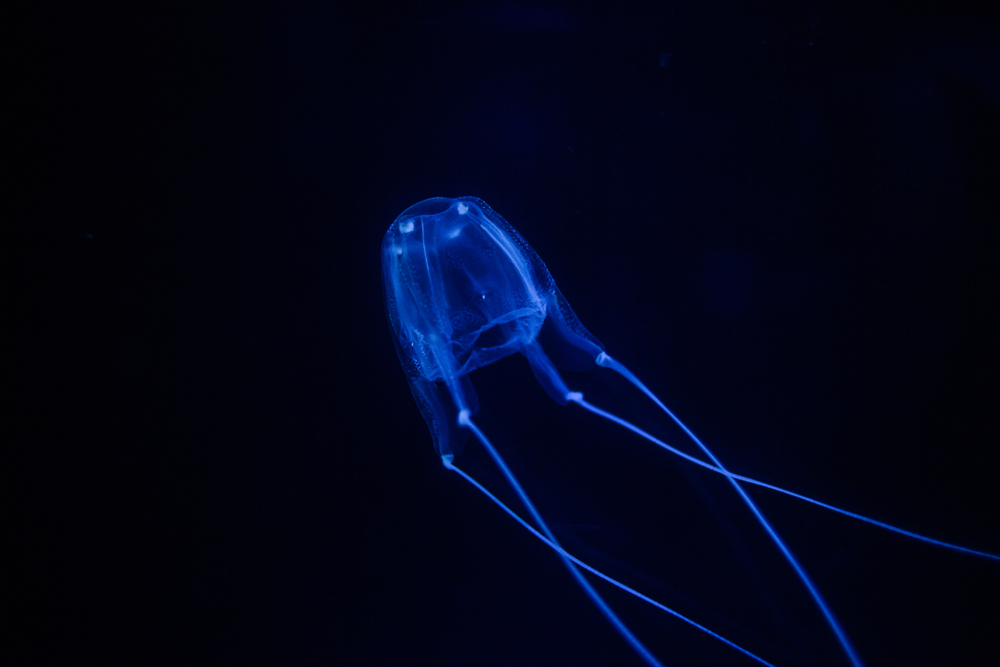
Box jellyfish might seem out of place in a jungle, but in coastal mangroves, they’re a real threat. With tentacles that stretch up to ten feet, they deliver venom that can stop a heart within minutes. The venom contains toxins that attack the heart, nervous system, and skin cells, causing pain and potentially fatal complications. Box jellyfish are almost invisible in water, and accidental stings are common among swimmers and divers. Their sting is one of the most painful experiences imaginable, demanding immediate medical attention.
5. Bullet Ant’s Excruciating Bite
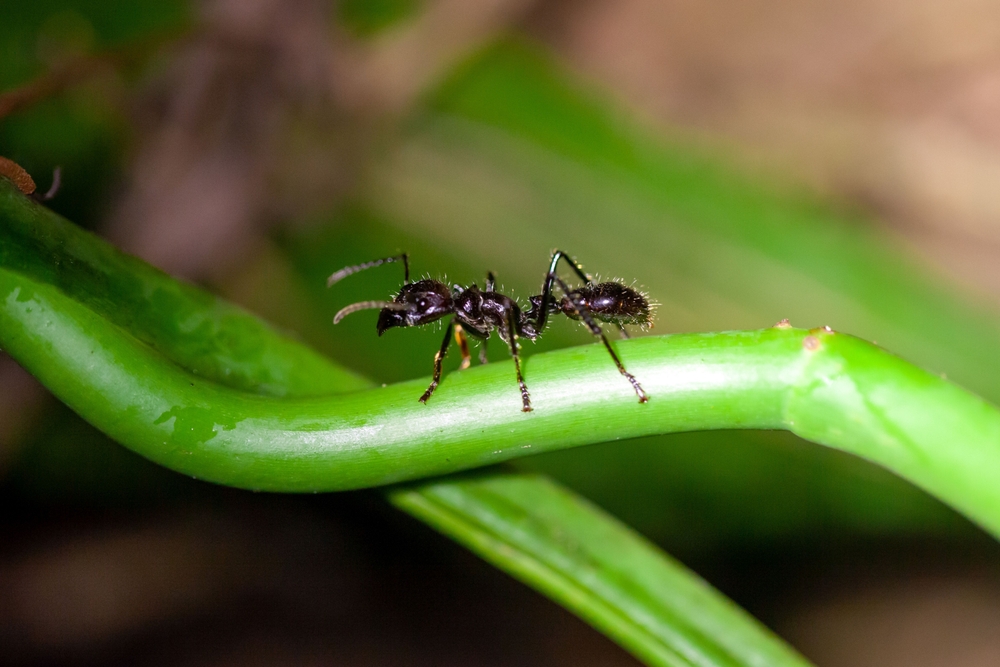
Touted as having the most painful insect bite in the world, the bullet ant is a force to reckon with. Found in the rainforests of Central and South America, these ants deliver venom that ignites a burning pain, likened to a gunshot. This pain can last for up to 24 hours, and the venom’s enzymes can cause swelling and paralysis. Despite their powerful sting, bullet ants are not aggressive unless provoked. In some indigenous cultures, they play a role in initiation ceremonies, where young men endure their bites as a test of endurance.
6. Blue-Ringed Octopus’s Paralyzing Venom
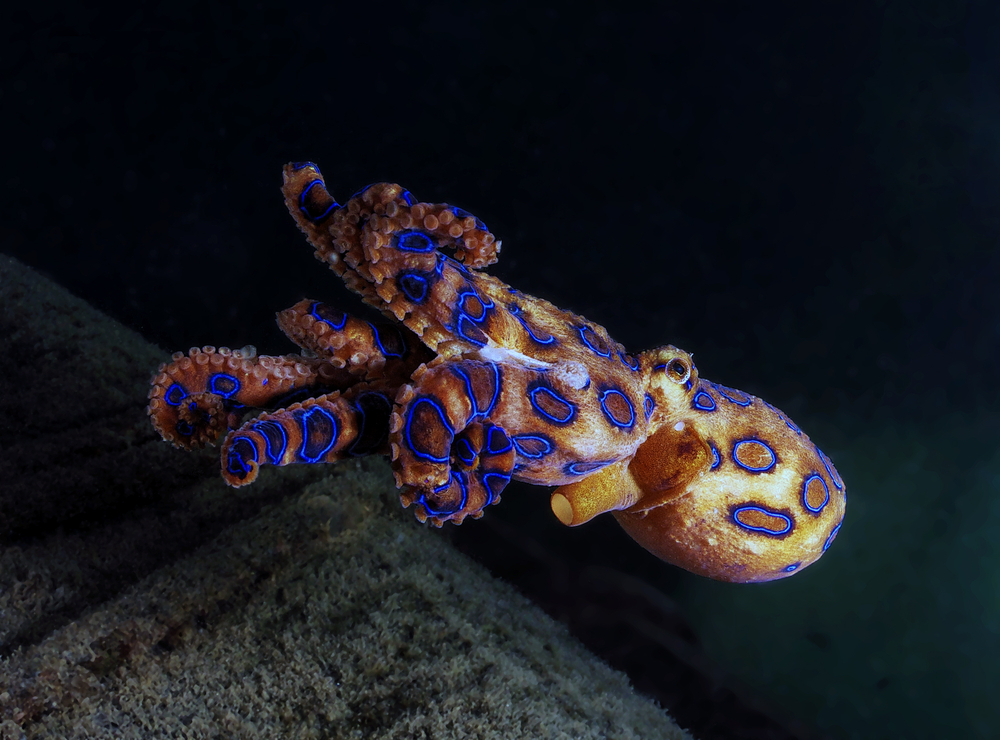
The blue-ringed octopus is a small creature with a deadly secret. Found in tide pools and coral reefs, its vibrant blue rings serve as a warning to potential threats. The octopus carries tetrodotoxin, a neurotoxin that can cause respiratory failure and paralysis in minutes. Despite its fearsome capabilities, the blue-ringed octopus is not aggressive and only bites when provoked. Its venom is powerful enough to kill humans, yet there’s no known antidote. In the vast ecosystem of the jungle’s coastal areas, it remains a fascinating but dangerous inhabitant.
7. Stonefish’s Camouflaged Lethality
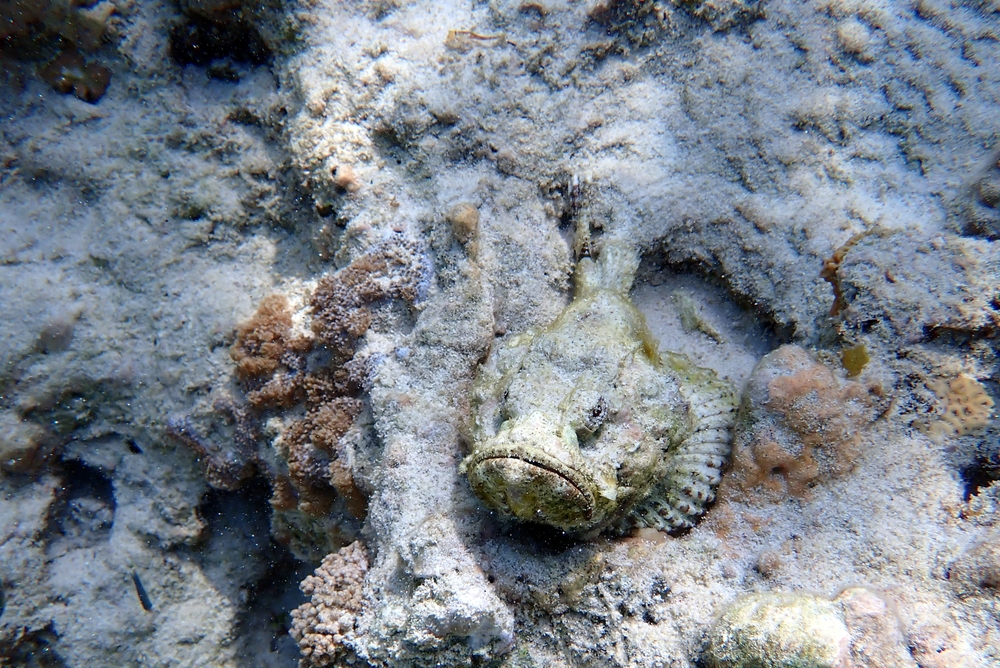
The stonefish hides among the seabed’s rocks and coral, making it a master of disguise. Found in the Indo-Pacific region, it’s the most venomous fish on Earth. It delivers venom through spines on its back, which release toxins causing intense pain and swelling. A sting can lead to shock, paralysis, and even death if not treated promptly. The stonefish’s appearance allows it to blend in almost perfectly, making it a hazard for unsuspecting swimmers who accidentally step on it. Its venom serves as a potent reminder of its lethal potential.
8. Inland Taipan’s Precision Strike
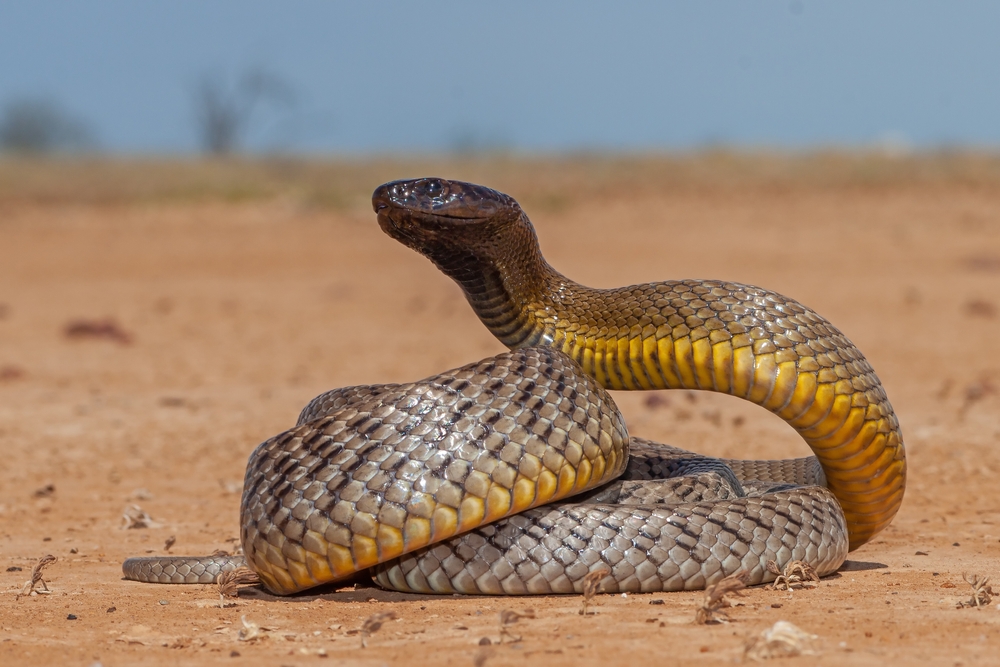
The inland taipan, also known as the “fierce snake,” is found in Australia’s more arid regions but still makes its mark in jungle-like habitats. It boasts the most toxic venom of any land snake. A single bite can deliver enough venom to kill over 100 adult humans. Its venom is a complex mix of neurotoxins, procoagulants, and myotoxins, leading to paralysis and blood clotting. Despite its potency, the inland taipan is reclusive and rarely encountered by humans, preferring to hunt small mammals with its precision strikes.
9. King Cobra’s Defensive Display
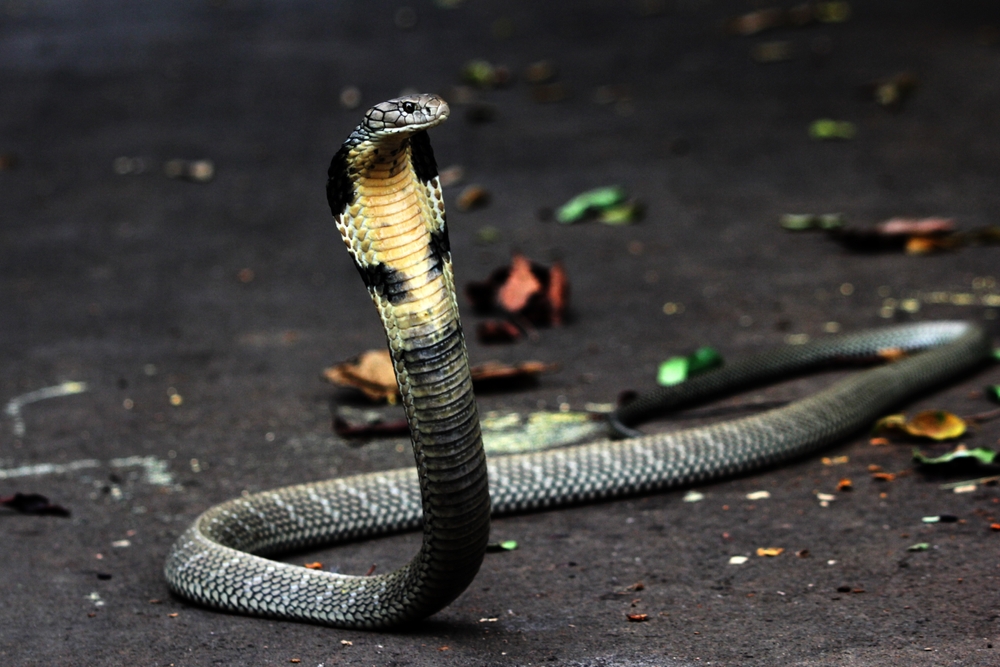
The king cobra is the world’s longest venomous snake, with a bite that can kill an elephant. Found in the jungles of South and Southeast Asia, it primarily preys on other snakes. Its venom contains neurotoxins and cytotoxins, which can cause paralysis and tissue damage. When threatened, it rears up and spreads its hood as a defensive display, a warning not to be ignored. Despite its fearsome reputation, the king cobra avoids human contact when possible, preferring to retreat into the jungle’s dense foliage.
10. Sydney Funnel-Web Spider’s Rapid Venom
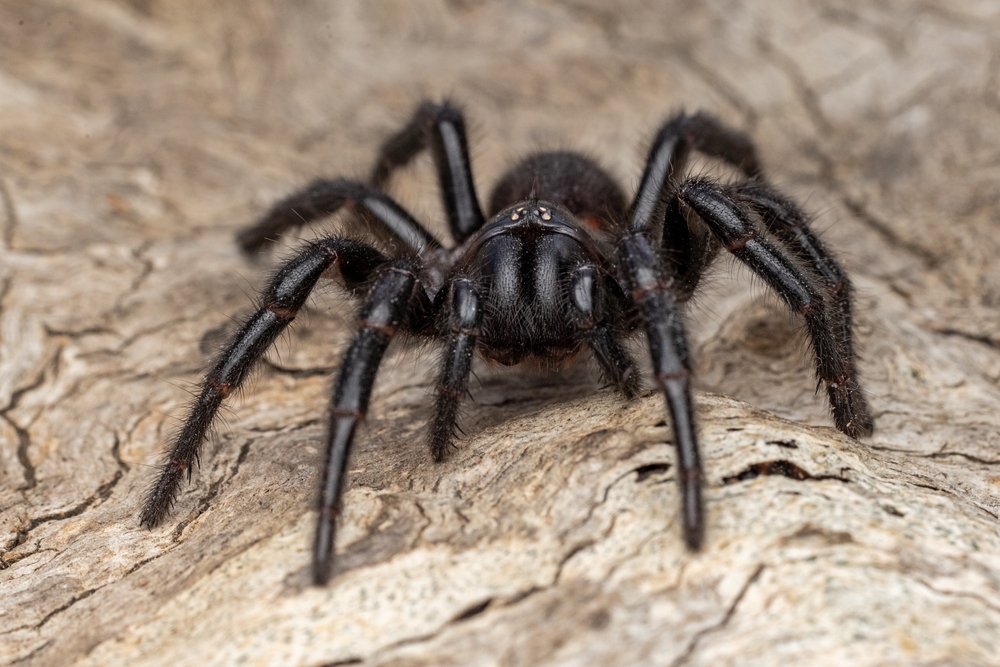
Sydney funnel-web spiders, native to Australia, are notorious for their aggressive nature and potent venom. Their bite can deliver atraxotoxin, a neurotoxin that affects the nervous system. Symptoms include muscle spasms, breathing difficulties, and, in severe cases, coma. What makes them particularly dangerous is their willingness to bite repeatedly and their proximity to populated areas. Fortunately, an effective antivenom exists, reducing fatalities significantly. Despite their fearsome reputation, these spiders play an essential ecological role in controlling insect populations within their jungle habitats.
11. Tiger Keelback Snake’s Double Defense
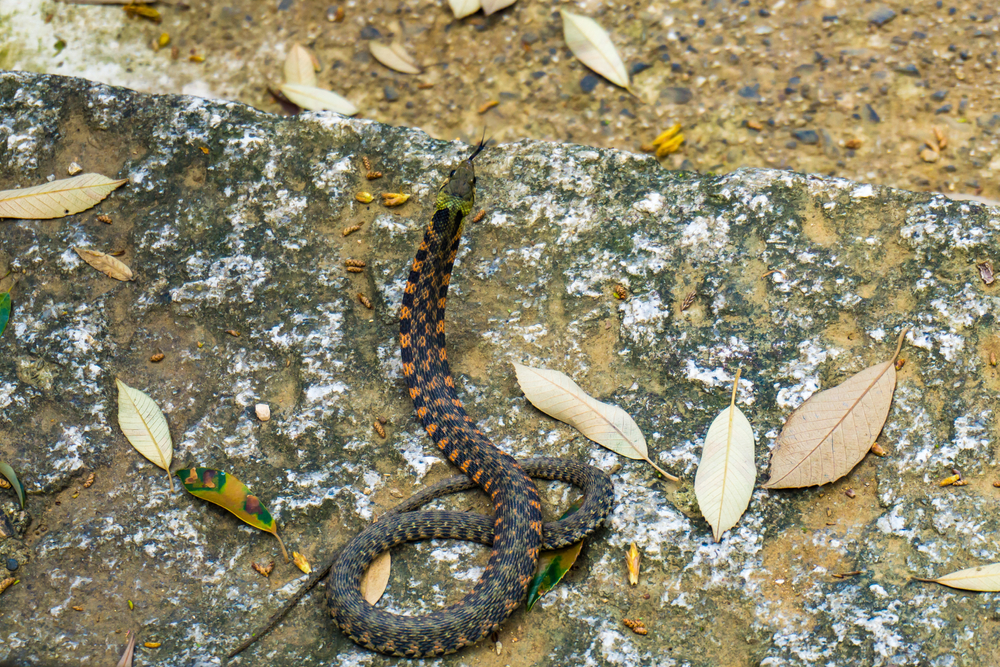
The tiger keelback snake is a unique reptile with a dual defense system. Found in East Asia, this snake possesses both venomous fangs and toxic glands behind its head. Its venom contains hemotoxins that can cause blood clotting, while the toxins in its skin can deter predators. This combination makes it a formidable creature in its jungle environment. The tiger keelback is generally shy, avoiding human contact, but its ability to excrete toxins when threatened adds another layer to its defensive repertoire, showcasing nature’s ingenuity.
12. Cone Snail’s Harpoon-Like Attack
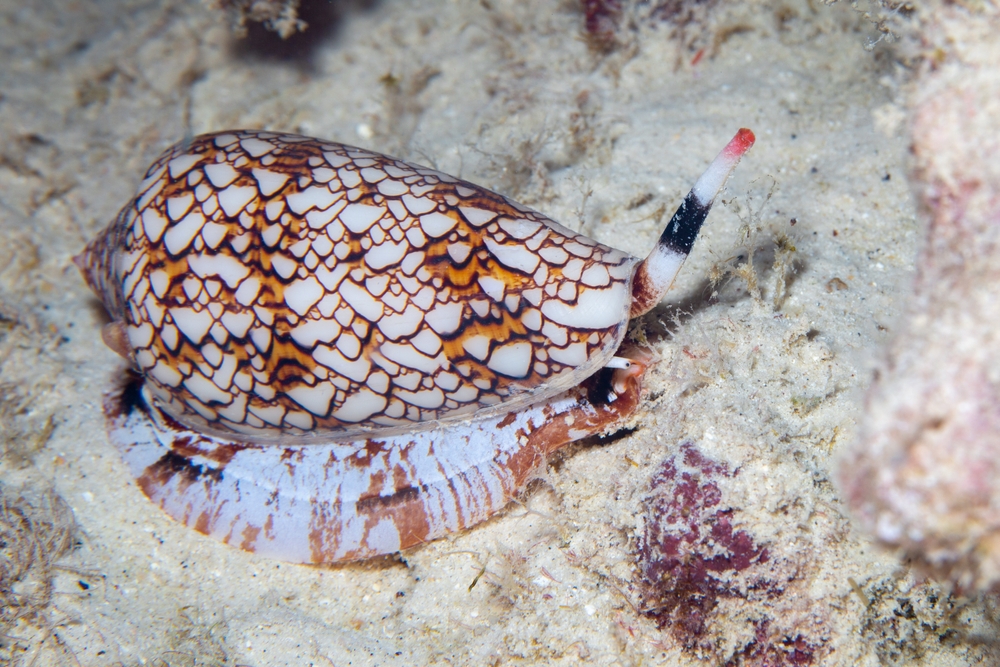
The cone snail may look unassuming, but it’s one of the ocean’s most venomous creatures. Found in coral reefs near jungle coastlines, it uses a harpoon-like tooth to inject venom into its prey. This venom contains conotoxins that can paralyze and kill small fish instantly. For humans, a sting can cause severe pain, paralysis, and even death, with no known antidote. Despite its deadly nature, the cone snail’s venom is being studied for its potential medical applications, demonstrating that even the most dangerous creatures can offer valuable insights.
13. Gila Monster’s Painful Bite
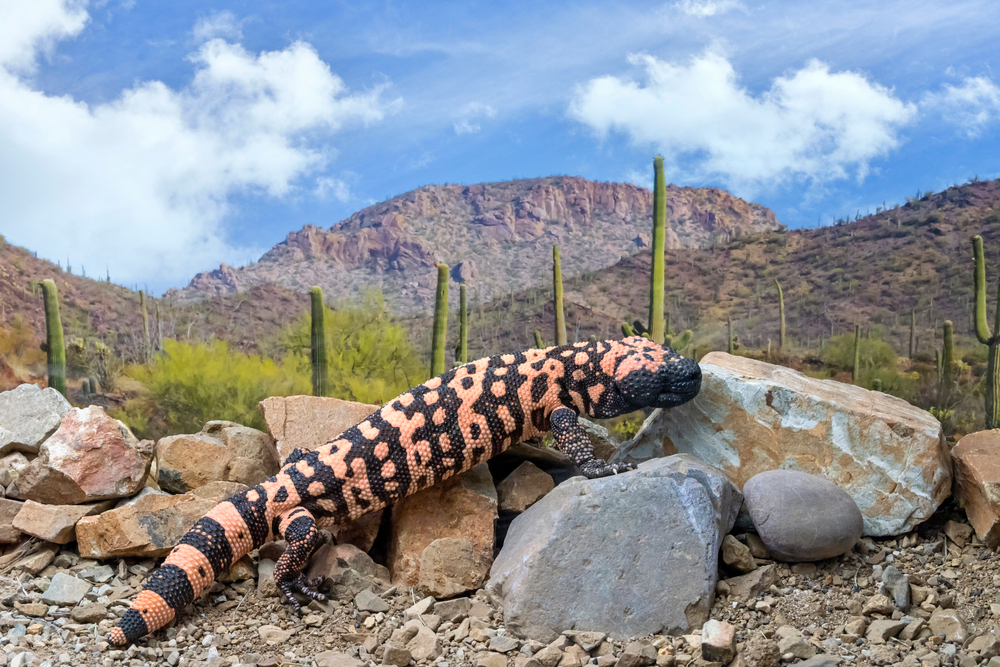
The Gila monster is one of the few venomous lizards, found in the deserts and scrublands that border jungle regions. Its venom is delivered through grooves in its teeth, causing pain, swelling, and nausea. While not deadly to humans, its bite is excruciating and can lead to infections if untreated. The Gila monster is slow-moving and generally avoids confrontation, using its venom primarily for hunting small prey. Its role in the ecosystem as a predator helps control populations of smaller animals, maintaining balance in its habitat.
14. Pufferfish’s Deadly Defense
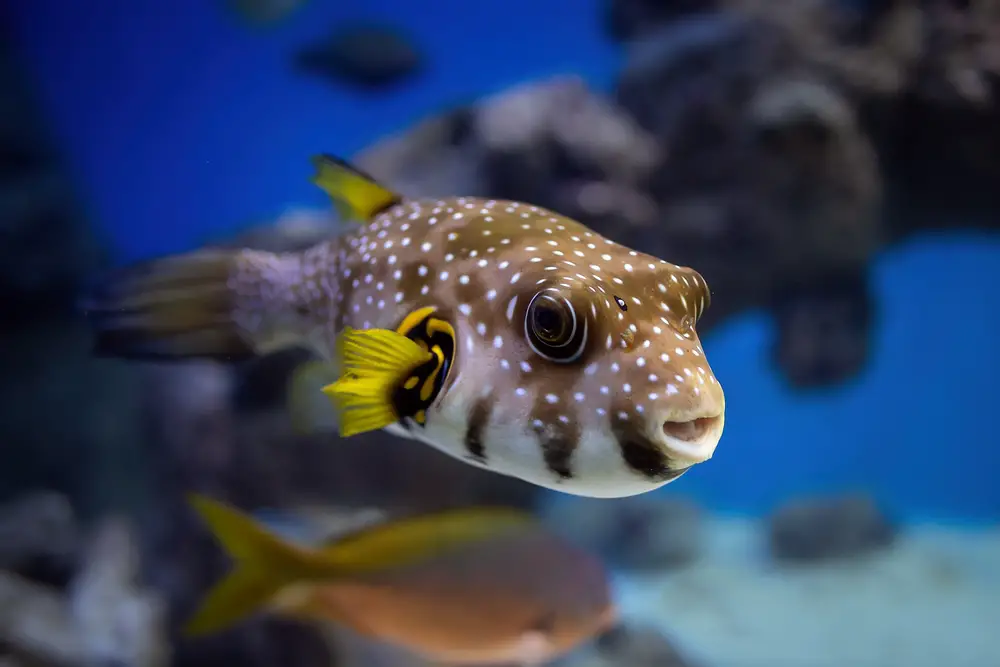
Pufferfish, often found in tropical waters near jungles, have a unique defense mechanism: tetrodotoxin. This potent neurotoxin can cause paralysis and death, and is more toxic than cyanide. In the wild, pufferfish inflate to deter predators, showcasing their toxin-laden skin. Humans are more likely to encounter their dangers through consumption, as improperly prepared pufferfish, or fugu, can be fatal. Despite its risks, the pufferfish’s tetrodotoxin is being researched for potential medical uses, highlighting how even the most deadly creatures can contribute to scientific advancements.
15. Irukandji Jellyfish’s Unseen Threat
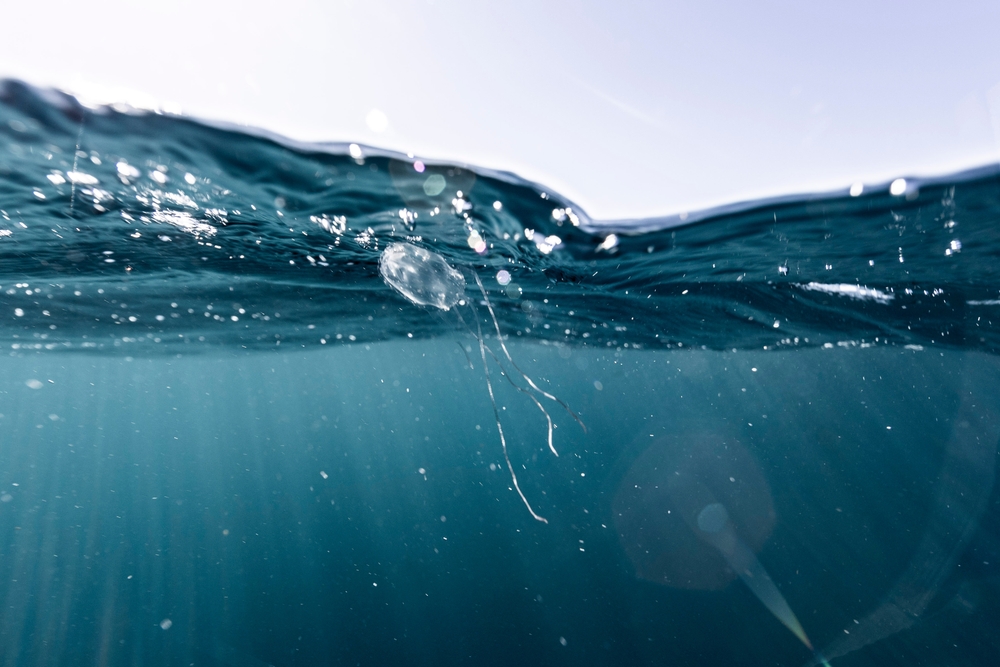
Irukandji jellyfish are tiny but pack a powerful punch. Found in northern Australian waters, their venom can cause “Irukandji syndrome,” characterized by severe pain, hypertension, and cardiac complications. These jellyfish are nearly invisible in the water, leading to unsuspecting swimmers being stung. The venom’s effects can be delayed, making it critical to seek medical attention promptly. Despite their size, Irukandji jellyfish are a potent reminder of the hidden dangers in jungle-adjacent marine environments, where the line between beauty and danger is often blurred.
